“One of the most courageous things you can do is identify yourself, know who you are, what you believe in and where you want to go.” – Sheila Murray Bethel
Stay motivated! 🙂 Have a great week!

“One of the most courageous things you can do is identify yourself, know who you are, what you believe in and where you want to go.” – Sheila Murray Bethel
Stay motivated! 🙂 Have a great week!

“Take criticism seriously, but not personally. If there is truth or merit in the criticism, try to learn from it. Otherwise, let it roll right off you.” – Hillary Clinton
Stay motivated! 🙂


October is Breast Cancer Awareness Month!
Here are some information you should know about breast cancer:
The risk factors of breast cancer are gender, age, genetics, family history, weight, and race.
Symptoms include:
Check out the infographic from Edith Sanford Breast Cancer Foundation, as it provides breast cancer statistics and things you can do to prevent breast cancer.

If you would like to learn more about breast cancer, check out the links below:
Sources:
City of Hope – Breast Cancer Infographic
Julep – Infographic: Breast Cancer Awareness By the Numbers
Meet Abigail Lupi from Stockholm, New Jersey.

Abigail performed her first musical performance at an assisted-living center in honor of her great-grandmother’s 100th birthday. This is where she first learned that many of the elderly didn’t have visitors. Abigail figured she could solve this by inviting her friends to perform with her at the assisted-living residences, nursing homes, and children’s hospitals throughout the state. She created a group called CareGirlz and today they have 13 girls ranging from ages 6 to 13. They have a repertoire of more than 90 Broadway and pop songs and they’ve performed in 20 different locations so far.
“I like to brighten up people’s days and help them have a fun time,” says Abigail. “If I do my best, they’ll have a smile on their faces by the end.”
Check out Abigail’s website here.
Know a girl who’s making a difference in your community? E-mail us at GenerationWEEE@gmail.com! We’ll give them a shout out and feature them on our “A girl Like You” Tuesday post.
Sources:


In December 2011, the United Nations declared International Day of the Girl Child to be held on October 11th. It is a day to acknowledge girls’ rights as well as the challenges girls face around the world. For a common goal, activist groups gather to highlight, discuss, and take action to improve rights and opportunities for all girls.
Sources:

Rebecca Lee Crumpler was born in 1831 in Delaware. Crumpler was raised by an aunt in Pennsylvania, who spent much of her time caring for sick neighbors and may have influenced Crumpler’s career choice. By 1852, Crumpler had moved to Charlestown, Massachusetts, where she worked as a nurse for 8 years (since the first nursing school opened in 1873, she was able to work as a nurse without any formal training). In 1860, Crumpler was admitted to the New England Female Medical Colleges. When she graduated in 1864, she was the first African American woman in the United States to earn an M.D. degree and the only African American to graduate from the New England Female Medical College, which closed in 1873.
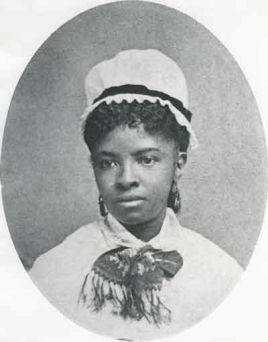
Dr. Crumpler practiced in Boston for a little while before moving to Richmond, Virginia after the Civil War ended in 1865. Here, she joined other black physicians who were caring for freed slaves who would otherwise not have had to access to medical care. They experienced intense racism in the postwar south.
By 1880, Dr. Crumpler had moved back to Hyde Park, Massachusetts, and was no longer in active practice. In 1883, she published a book, Book of Medical Discourses, based on journal notes she kept during her years of medical practice. This was one of the very first medical publications by an African American.
Why is she important?
Rebecca Lee Crumpler challenged the beliefs of her time. She pursued a medical degree during a time when African Americans faced many racial and societal challenges. She was the very first African American women in the United States to earn a medical degree.
Sources:
The Most Influential Women in Medicine: From the Past to the Present



Hope you have enjoyed your week so far. We’re bringing you facts about the first sports bra made. Did you know that the first sports bra was created by women? The creators, Hinda Miller and Lisa Lindahl in the 1970’s wanted to develop something that would bring many women comfort and support. With the help of a another friend and seamstress, Polly Palmer-Smith, they created the sports bra back in 1977. Before the sports bra existed, women (especially in professional sports) wrapped their breasts binding them together. They used elastic / double up tape or just perform in everyday brassieres that were available during that time.
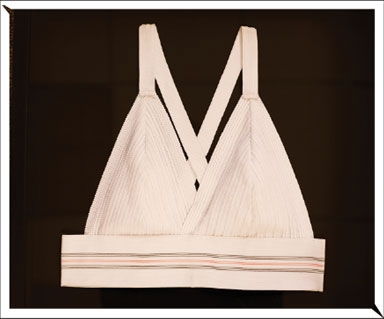

During the 70’s, running and jogging became more popular as a method of working out. Although for women, running and jogging created a problem. They began having extreme pain on their breast while exercising. Lisa and Hinda got tired of inadequate breast support while exercising, they wanted to do something about it. The idea came from sewing two men’s jockstraps together. The first sports bra model was called “jockbra”, due to its material.
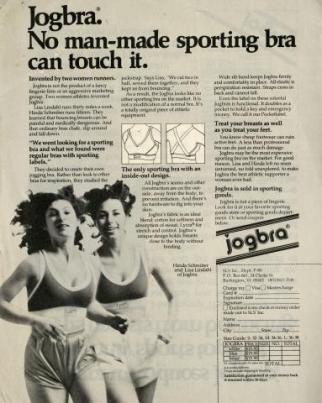
Later, the name was changed to jogbra and was launched in 1978. Since then, the sports bra continues to change and develop to fit the comfort and support for women and girls everywhere. There have even been new developments in the last 10 years for women, who are more than a D size. Before, the largest size for women was a D cup. Sports bras are now available for plus size women and women of even larger breasts sizes.
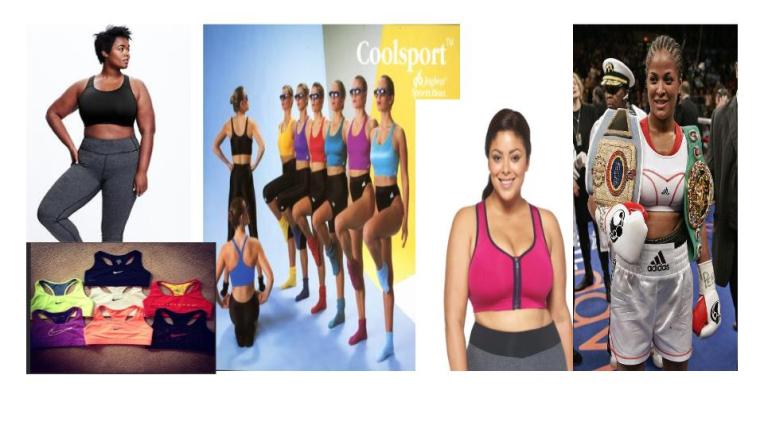 From the everyday women to the professional athlete, the sports bra has empowered women and girls for any and every activity. It has become the clothing item you can’t live without. This changed the history of women’s health because they solved how to care for their breast health. The whole process of how women and girls give themselves the provided support and comfort needed for their breasts changes and is forever changing.
From the everyday women to the professional athlete, the sports bra has empowered women and girls for any and every activity. It has become the clothing item you can’t live without. This changed the history of women’s health because they solved how to care for their breast health. The whole process of how women and girls give themselves the provided support and comfort needed for their breasts changes and is forever changing.
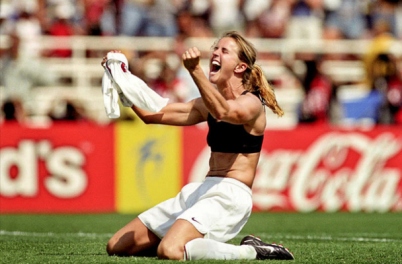
Have a topic you would like to see covered on our blog? Let us know in the comments!
Have a great weekend!
Sources:
Revolution: A History of the Sports Bra: http://www.espn.com/espnw/culture/film-video-series/versus/season-2
http://americanhistory.si.edu/blog/jogbra-providing-essential-support-title-nine-and-women-athletes
http://www.bbc.com/sport/athletics/32382911
http://www.oldnavy.com/products/plus-size-sports-bra.jsp
http://plussizeposh.com/5-trends-in-workout-gear-for-plussize-gals/


When Helen Keller was 19 months old, she lost her hearing and sight to an illness. Later on, Helen’s parents hired Anne Sullivan as her teacher. Sullivan helped Helen understand and communicate with her surroundings. Sullivan taught Helen to read and write in Braille and to use sign language by touch. Helen Keller could not speak so she had an interpreter to make herself understood.
With assistance from Sullivan, Helen graduated from college with honors. Keller published her first book, The Story of My Life, which was printed in many languages. She contributed to making advancements in public service for the disabled. Keller was also a supporter of women’s rights and other liberal causes. Even though there were many obstacles for Helen Keller, she made an impact as an educator, organizer, and fundraiser. Keller showed the world what she was capable of. This changed the world’s perception of people with disabilities and their abilities.
Source: